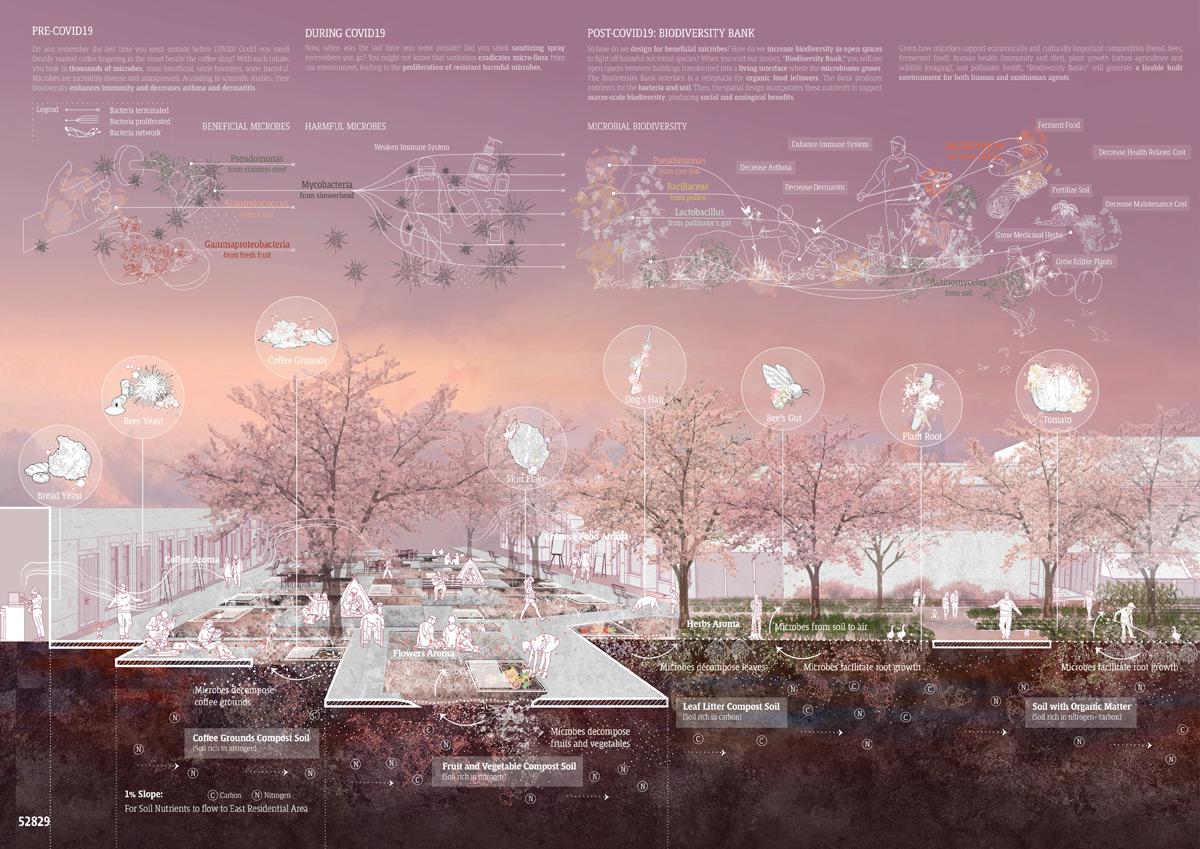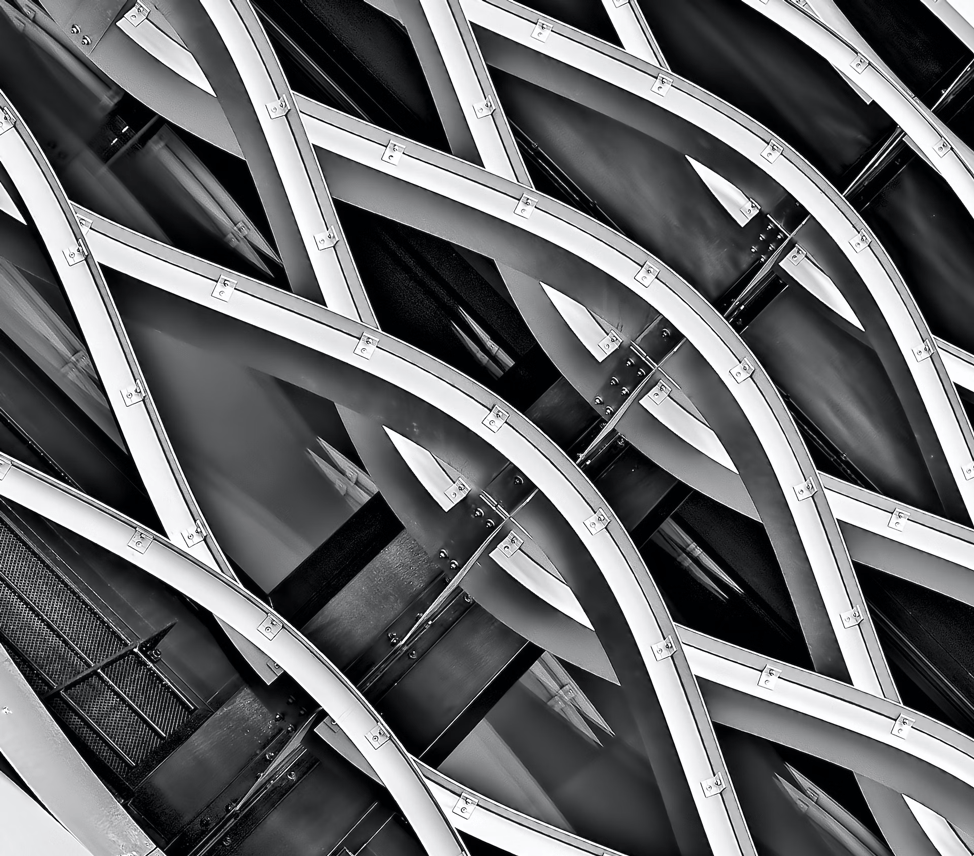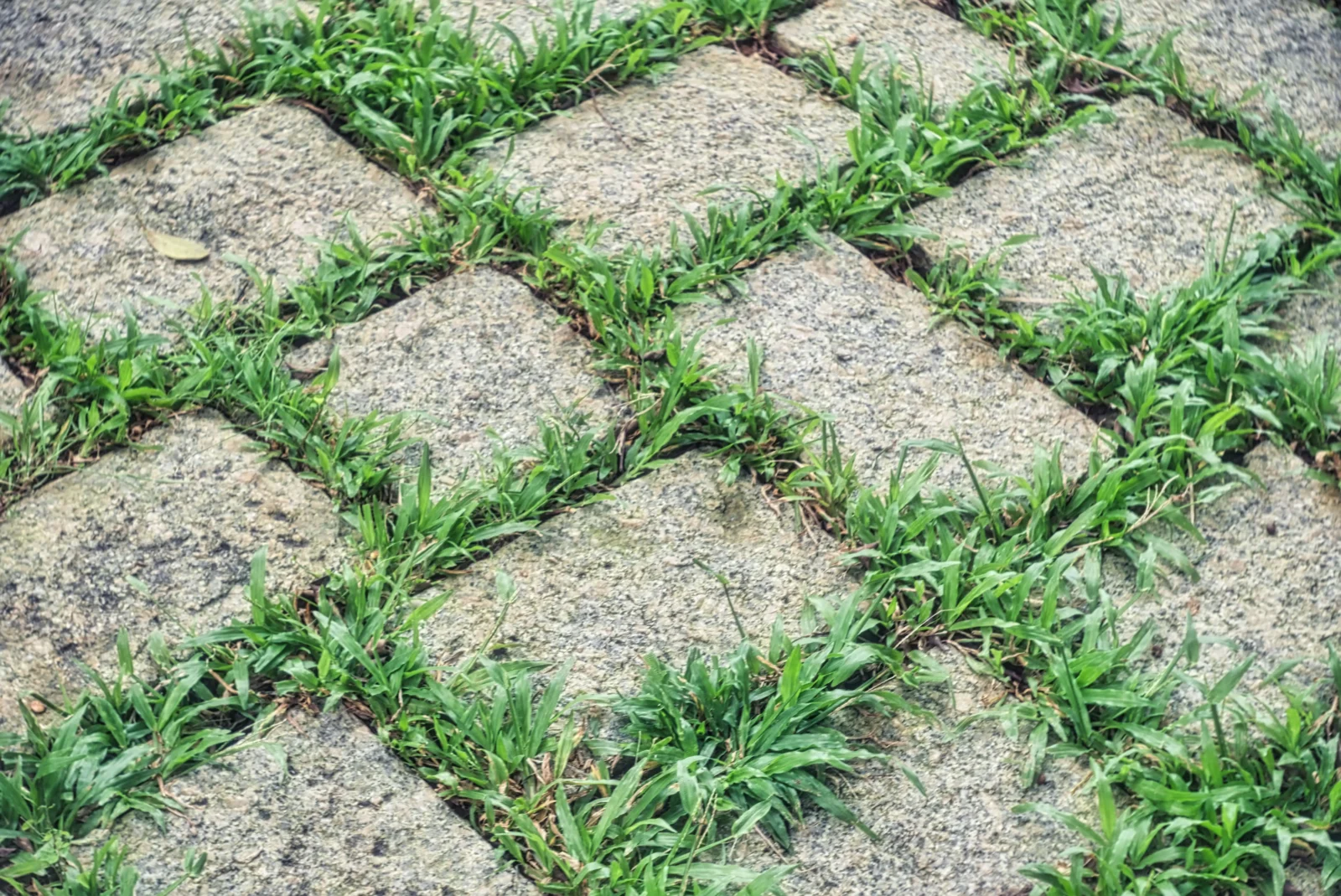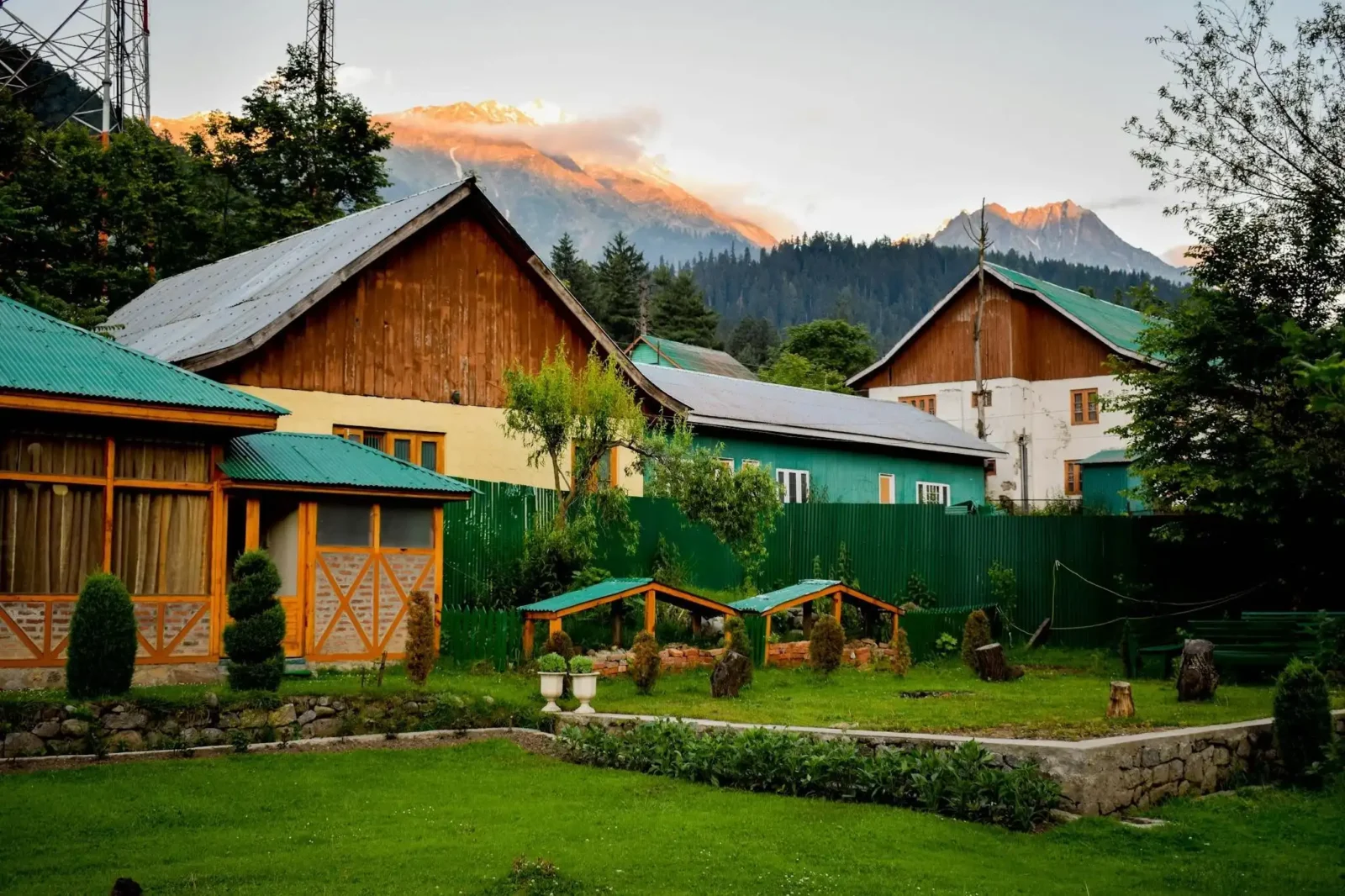- Home
- Articles
- Architectural Portfolio
- Architectral Presentation
- Inspirational Stories
- Architecture News
- Visualization
- BIM Industry
- Facade Design
- Parametric Design
- Career
- Landscape Architecture
- Construction
- Artificial Intelligence
- Sketching
- Design Softwares
- Diagrams
- Writing
- Architectural Tips
- Sustainability
- Courses
- Concept
- Technology
- History & Heritage
- Future of Architecture
- Guides & How-To
- Art & Culture
- Projects
- Interior Design
- Competitions
- Jobs
- Store
- Tools
- More
- Home
- Articles
- Architectural Portfolio
- Architectral Presentation
- Inspirational Stories
- Architecture News
- Visualization
- BIM Industry
- Facade Design
- Parametric Design
- Career
- Landscape Architecture
- Construction
- Artificial Intelligence
- Sketching
- Design Softwares
- Diagrams
- Writing
- Architectural Tips
- Sustainability
- Courses
- Concept
- Technology
- History & Heritage
- Future of Architecture
- Guides & How-To
- Art & Culture
- Projects
- Interior Design
- Competitions
- Jobs
- Store
- Tools
- More
Jurf Gardens: Urban Oases in the Concrete Desert

In the heart of bustling cities, where concrete and steel dominate the horizon, there exists a secret haven for many—a green refuge known as Jurf Gardens. These spaces, often overlooked in the rapid pace of urban life, serve as essential sanctuaries, blending nature’s serenity with the city’s vibrant energy. Beyond their visual appeal, Jurf Gardens play a pivotal role in improving the quality of life for urban residents. As cities expand and the space between buildings narrows, the importance of these green oases becomes increasingly evident. This article delves into the history, design, and significance of Jurf Gardens, exploring their transformational impact on urban landscapes and the souls of those who inhabit them.
Table of Contents
ToggleHistorical Background:
The origins of Jurf Gardens trace back to ancient civilizations, where communities understood the intrinsic value of interweaving nature within their urban constructs. Rooted in age-old traditions, the term “Jurf” is believed to symbolize protection and sanctuary, encapsulating the essence of these gardens as shields against urban chaos. Over centuries, as cities evolved and expanded, Jurf Gardens too underwent transformations, adapting to the changing urban topography and cultural norms. From the verdant courtyards of ancient Mesopotamia to the rooftop gardens of modern metropolises, these gardens have always been emblematic of mankind’s yearning for nature amidst man-made confines. Today, they stand as testament to our timeless need for green spaces, bridging past ideals with contemporary aspirations.
Design and Layout:
Amidst the city’s hustle, the layout and design of Jurf Gardens become instrumental in offering a peaceful retreat. Central to these gardens is a harmony between form and function, where each element serves a dual purpose—appeal and utility. The winding pathways, interspersed with shaded benches, lead visitors on a tranquil journey, encouraging introspection and rest. Water features, often an integral part of these gardens, provide both a soothing auditory experience and a microclimate for specific plant species. At the heart of every design is the aim to encapsulate nature’s beauty while ensuring sustainability and accessibility. Recognizing the “jurf gardens” concept is to appreciate not just the aesthetic prowess but the intricate planning behind creating these urban sanctuaries.

Plants and Vegetation:
In the embrace of Jurf Gardens, one witnesses a rich tapestry of flora, each handpicked not just for their visual charm but also for their adaptability to urban conditions. From the resilient succulents that require minimal water to the fragrant blossoms that perfume the air, these gardens are a botanist’s delight. Trees, with their expansive canopies, offer shade and act as natural air purifiers, combating the city’s pollution. Seasonal flowers, in their myriad hues, add a dash of color, breaking the monotony of gray concrete. Beyond aesthetics, the choice of plants often reflects local climates and cultural preferences, making each Jurf Garden a unique blend of global principles and local flavors. Diverse and dynamic, the vegetation is the lifeblood of these gardens, resonating with nature’s rhythm amidst urban cacophony.
Sustainability and Eco-Friendly Features:
Jurf Gardens are not merely about aesthetics; they encompass a deeper philosophy of environmental stewardship. In an era marked by concerns of climate change and ecological imbalance, these gardens serve as prototypes of sustainable urban landscaping. Rainwater harvesting systems are often integrated, channeling precious water for plants and minimizing wastage. Permeable pathways, constructed from materials like gravel or permeable concrete, allow for natural water drainage, reducing urban runoff. Moreover, native plant species are preferred, not only for their innate beauty but for their low maintenance needs and adaptability. With solar-powered lighting and composting stations, these gardens evolve as self-sustaining ecosystems. In essence, a Jurf Garden becomes a beacon of green innovation, demonstrating how urban spaces can be both beautiful and environmentally conscious.
Mental and Physical Health Benefits:
In the midst of urban sprawl, the presence of Jurf Gardens becomes a salient remedy to the stresses of modern living. These verdant enclaves, apart from being visual treats, cater to the well-being of city dwellers in more profound ways. Studies have indicated that spending time amidst greenery can lower cortisol levels, alleviating feelings of anxiety and stress. The fresh air, enriched by plants, aids respiratory health, while the tranquility promotes mental clarity and mindfulness. Physically, these gardens offer spaces for activities like yoga, meditation, or simply leisurely walks, fostering a sense of community and encouraging healthier lifestyles. In essence, Jurf Gardens aren’t just patches of green in concrete jungles; they are lifelines that nourish the body, mind, and spirit, exemplifying the ancient adage—nature heals.
Case Studies:
Across the globe, various cities have embraced the ethos of Jurf Gardens, weaving them seamlessly into their urban fabric. Let’s explore a few notable examples:
- Green Haven of Tokyo: Nestled amidst the high-rises, this Jurf Garden stands as a testament to Japan’s reverence for nature. Incorporating Zen principles, its design facilitates meditation, reflection, and a deep connection with the surroundings.
- Parisian Rooftop Oasis: Perched atop a historic building, this garden merges French elegance with eco-consciousness. Aromatic herbs and vibrant flowers create a sensory experience, complemented by views of the iconic Eiffel Tower.
- New York’s Urban Jungle: Situated in Manhattan’s heart, this garden effortlessly blends rugged urbanity with lush vegetation. Featuring innovative vertical gardens and water conservation techniques, it showcases how space constraints can birth creativity.
Each case underlines the adaptability and universality of the Jurf Garden concept, proving its significance in varied cultural and geographical contexts.
Creating Your Own Urban Oasis:
Embarking on the journey to establish a Jurf Garden requires both inspiration and dedication. While the vision might stem from grand examples worldwide, realizing this dream in one’s own space can be an intimate and transformative experience.
- Space Assessment: Whether it’s a balcony, a rooftop, or a backyard, assessing the available area is paramount. This determines the garden’s scope and potential features.
- Local Flora: Opt for local plant species. They’re not just eco-friendly but also resonate with the region’s climate, reducing maintenance hassles.
- Functional Elements: Integrate benches, walkways, or even water features. These enhance the garden’s utility, making it more than just a visual spectacle.
- Seek Expertise: Engaging with local horticulturists or garden designers can provide invaluable insights, tailored to the specific conditions and challenges of the locale.
Remember, the essence of a Jurf Garden is the personal touch. It’s a reflection of individual preferences, shaped by global principles, crafting an oasis amidst urban chaos.
Reverie Amidst the Concrete: The Essence of Jurf Gardens
In the vast urban tapestry, where steel and concrete often overshadow the delicate threads of nature, Jurf Gardens emerge as patches of vibrant green, restoring balance and beauty. These gardens, transcending mere aesthetics, embody a deeper philosophy, one that harmonizes human ambition with nature’s serenity. As cities burgeon, the role of these verdant pockets becomes ever more critical, offering residents an antidote to urban fatigue, a place for reflection, and a space for community. The journey through the annals of Jurf Gardens, from their history to their potential, underscores a salient truth: even in the most frenetic urban settings, nature’s embrace remains not just desirable but essential. As we stand on the precipice of further urban expansion, may these gardens remind us of the delicate equilibrium between man-made marvels and nature’s splendor.
illustrarch is your daily dose of architecture. Leading community designed for all lovers of illustration and #drawing.
Submit your architectural projects
Follow these steps for submission your project. Submission FormLatest Posts
Top Tips for a Healthy and Beautiful Backyard
A thriving backyard creates space for relaxation, gatherings, and moments of quiet...
Transform Your Garden with Artificial Turf Austin Solutions
Transforming your garden with artificial turf can be a game-changer, especially if...
What You Really Need to Create a Beautiful Yard
A beautiful yard is more than just an outdoor space, it’s a...
How to Choose the Right LED Grow Light for Your Indoor Garden
For indoor growers, it can be the difference between healthy, vibrant plants...












Leave a comment